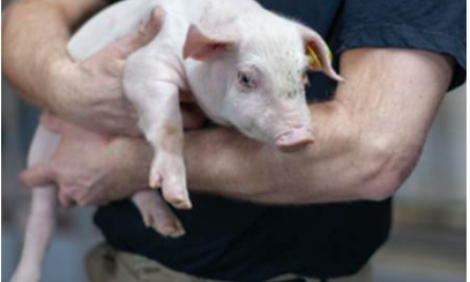



Winning Marketing Strategies and the 'Stigma Effect'
Does labelling some pork devalue the pork next to it? What are the big drivers in pork purchase? How segmented are the meat markets? These were a few among many questions tackled by panelists at the end of a Banff Pork Seminar 2011 break-out section on marketing to the future consumer.
Speakers included Karen Hamman of the Institute for Food Studies in Denmark, Ellen Goddard of the University of Alberta and Jill Hobbs of the University of Saskatchewan. They offered take-home messages.
1. No simple strategies to capturing the consumer mind-set
"There are a lot of different drivers in the purchasing decision," says Ellen Goddard.
"Opinions are as different as people are different and as we try to interpret and generalise based on research it often just gets messy. It doesn't become clearer that this group belongs in this category so we can just market to them. That's a big challenge we face," she added.

2. Regional preferences are a mixed bag
"We did a survey among consumers in Europe asking, 'What would you like to have on your label?' for meat products in general," explained Karen Hamman. The results showed a very big difference among the countries. French consumers said we are very interested in the quality label, 'Label Rouge,' and we're very interested in food safety information.
"If you asked consumers in Denmark, they would like to see attributes such as organic but there's not as concerned about having food safety information because they take that for granted," she said.
3. Be careful not to shoot your industry in the foot
Niche opportunities based on label differentiation are getting more attention but from an industry perspective there are concerns to consider.
"There's a lot of people doing research on 'the stigma effect' is what they would call it," said Ms Goddard.
"Some of the most interesting work in the US was done on rBST-free milk. In some states, they've actually outlawed claiming rBST-free on the product because of the stigma effect potentially on the other milk. It doesn't always happen and it's a complex area, but you have to be aware of it."
4. Distinguish strategies between safety and quality messages.
"On the safety basis, I think there is a greater risk of the stigma effect," said Jill Hobbs.
"Whereas, if we accept that consumers are very differentiated – there is no average consumer – you might well have a label about the quality of a production system that appeals to one consumer but that other consumers are indifferent about."
This report was prepared by Meristem Land and Science.
February 2011








